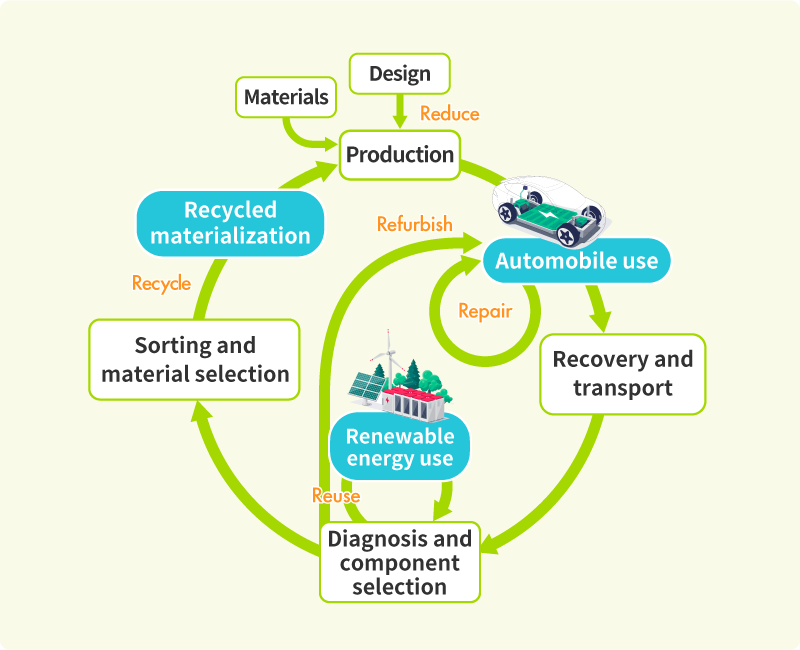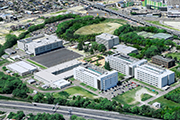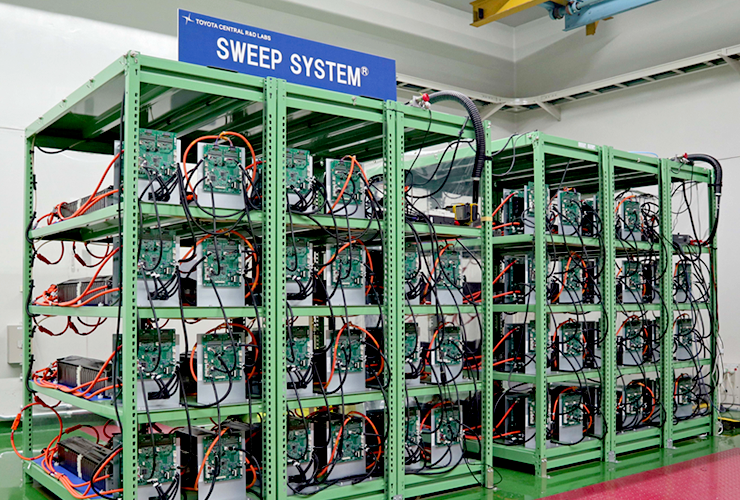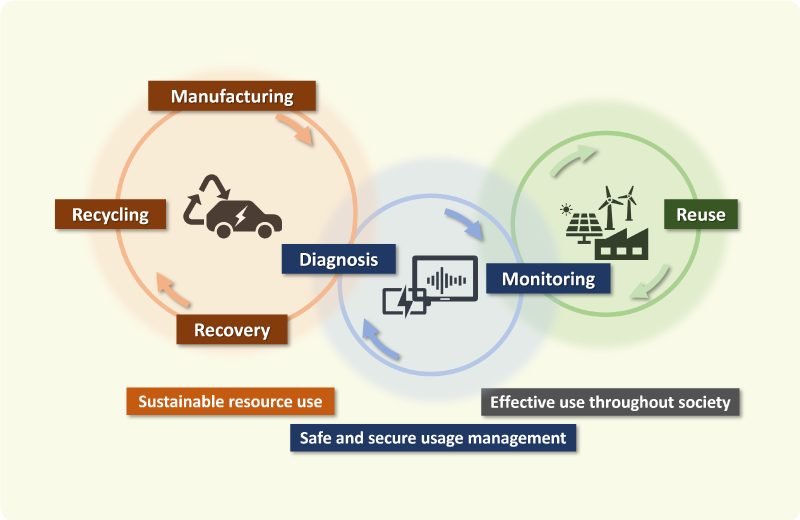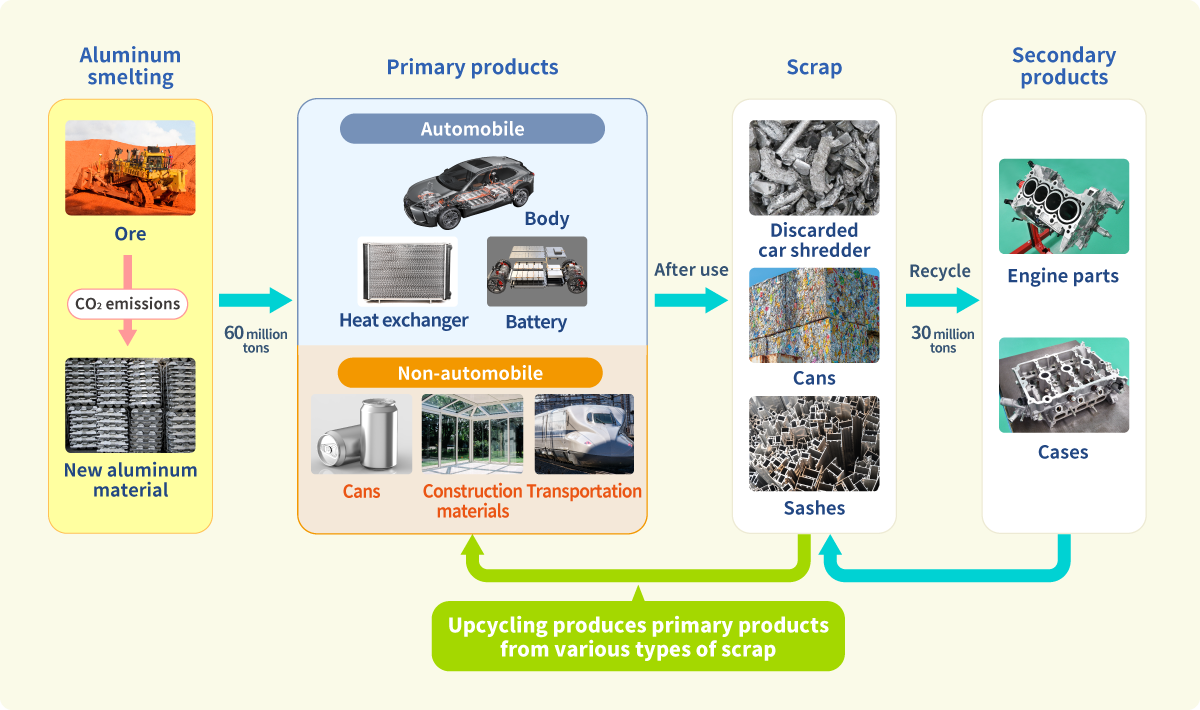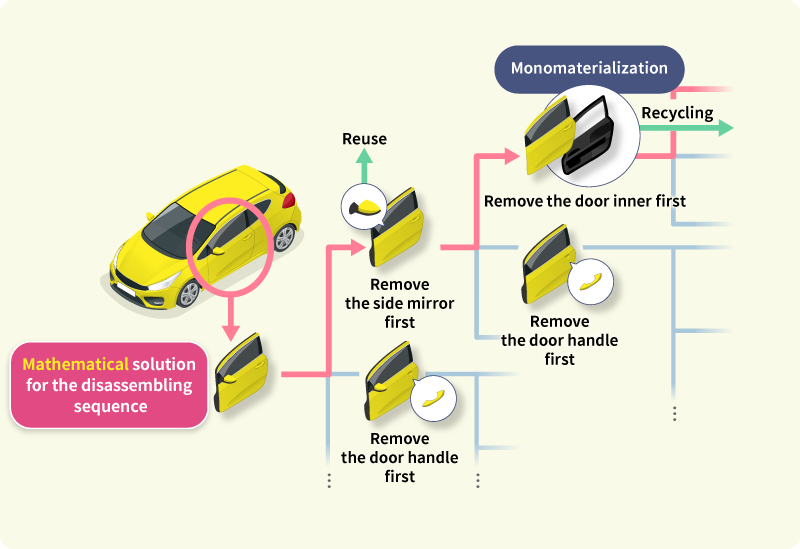PROJECT 2
Realizing a Sustainable, Circular Mobility Society
Throughout the world there has been an accelerating move towards rethinking conventional economic and social activities based on mass production and mass consumption in a way that includes the risk of resource depletion and environmental degradation caused by mass disposal of products. Similarly, the automotive industry has previously undertaken initiatives that utilize recycled materials and biodegradable plastics, as well as those that incorporate easy-to-disassemble structures, for example. Together with these conventional approaches, however, achieving a sustainable society also requires efforts intended to realize a resource-circulating society with a smaller environmental impact. Specifically, such efforts rely on incorporating a carbon-neutral perspective while seeking to maximize the added value of resources and products.
As one example of an effort to address this major challenge, we develop technologies that enable the switch to bio-derived materials at the material design and production stages, and that extend the life of components by reducing deterioration and wear. We also accumulate key elemental technologies for circular manufacturing, such as those that link used automobile batteries with different degrees of deterioration together for reuse as high-capacity batteries, and those that enhance quality by using oxidation to remove impurities during recycling processes. In addition, we also engage in efforts required for circulating resources throughout entire life cycles, an example of which includes constructing models to assess various scenarios that balance environmental impact with economy, and that include resource constraints, reuse, and recycling, not just CO2 emissions.
